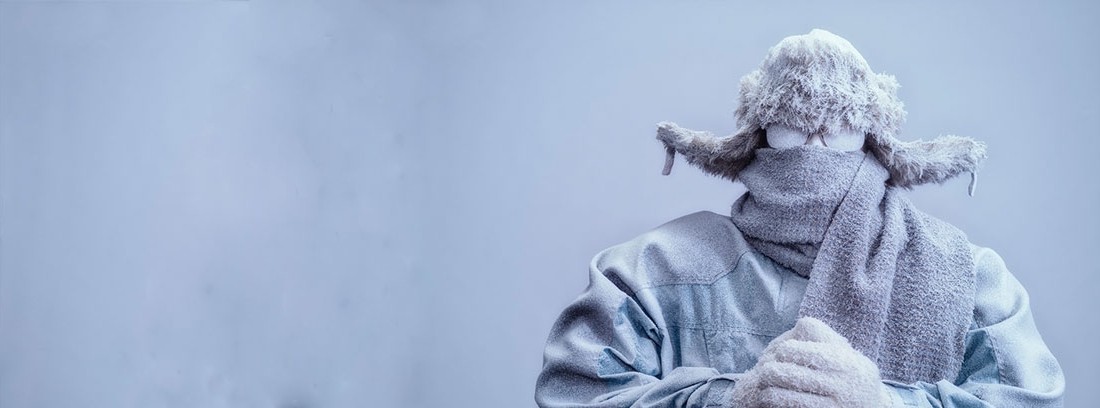Cold under control
 | With the arrival of winter it is necessary to maintain certain precautions to be able to overcome periods of low temperatures with safety and comfort.
| With the arrival of winter it is necessary to maintain certain precautions to be able to overcome periods of low temperatures with safety and comfort.Control the cold at home
The house must be properly winterized, insulating the windows and doors to avoid loss of efficiency of the heat producing mechanisms, insulating the pipes that pass through the exterior to prevent freezing, cleaning the drains and repairing all possible leaks from the roof.
- Maintain the temperature between 21 and 23ºC inside the house and adequate room humidification. This creates a comfortable temperature without wasting excess energy. Changes in temperature and inadequate air hydration can increase the risk of contracting diseases typical of cold seasons, such as.
- Prepare and supervise the operation of heating systems with proper maintenance. Fireplaces and wood stoves, gas or kerosene burning stoves, and electric convectors are especially susceptible to causing problems. In the case of combustion stoves, carbon monoxide emissions must be prevented. In electric heaters, all the safety mechanisms to prevent fires and current overloads must also be taken into account. It is highly recommended to install smoke and gas detectors. In all cases, the safety regulations and the recommendations of manufacturers and professionals must be followed.
- Be prepared for power outages due to bad weather. In some environments it may be advisable to have autonomous generators of electricity and to have a food pantry that does not require cooking or refrigeration, as well as containers of drinking water.
- Maintain the conditions of all family members, especially young children, the elderly and chronically ill, as well as pets.
Out of home
During cold seasons it is recommended:
- Limit travel: in case of carrying out these activities, it is necessary to take extreme precautions, whether it is for work or sport reasons.
- Dress appropriately: gloves, boots, scarves, and hats.
- Be attentive to the warnings from the weather service: inform those close to you of the route to be followed and take your mobile phone with a charged battery.
- Plan the warm clothes to wear and prepare the vehicle carefully: to avoid unpleasant surprises in cases of unexpected changes in the weather or intense cold during the winter months.
- Have emergency kits ready in the vehicle: always wear snow chains, drive with a full tank of fuel and having supervised all the safety elements and proper operation of the vehicle. In emergency kits, which can be useful both at home and in vehicles, it is recommended that there are flashlights and a radio that work with batteries, supplementary batteries, a first aid kit and medications, baby items and litter to throw on. ice and improve adhesion. In vehicles it is also recommended to have thermal blankets and jump leads for the battery.
- Do not get out of the car in non-urban areas in the event of a breakdown in the vehicle.
- It is necessary to adopt certain precautions to comfortably pass the periods of low temperatures and not to pass cold.
- The risk of contracting diseases in the cold season increases with sudden changes in temperature and with inadequate hydration of the air.
- Outside the home, extreme precautions should be taken with suitable warm clothing, pay attention to the notices of the meteorological service, carry emergency kits in the vehicle ...
(Updated at Apr 14 / 2024)